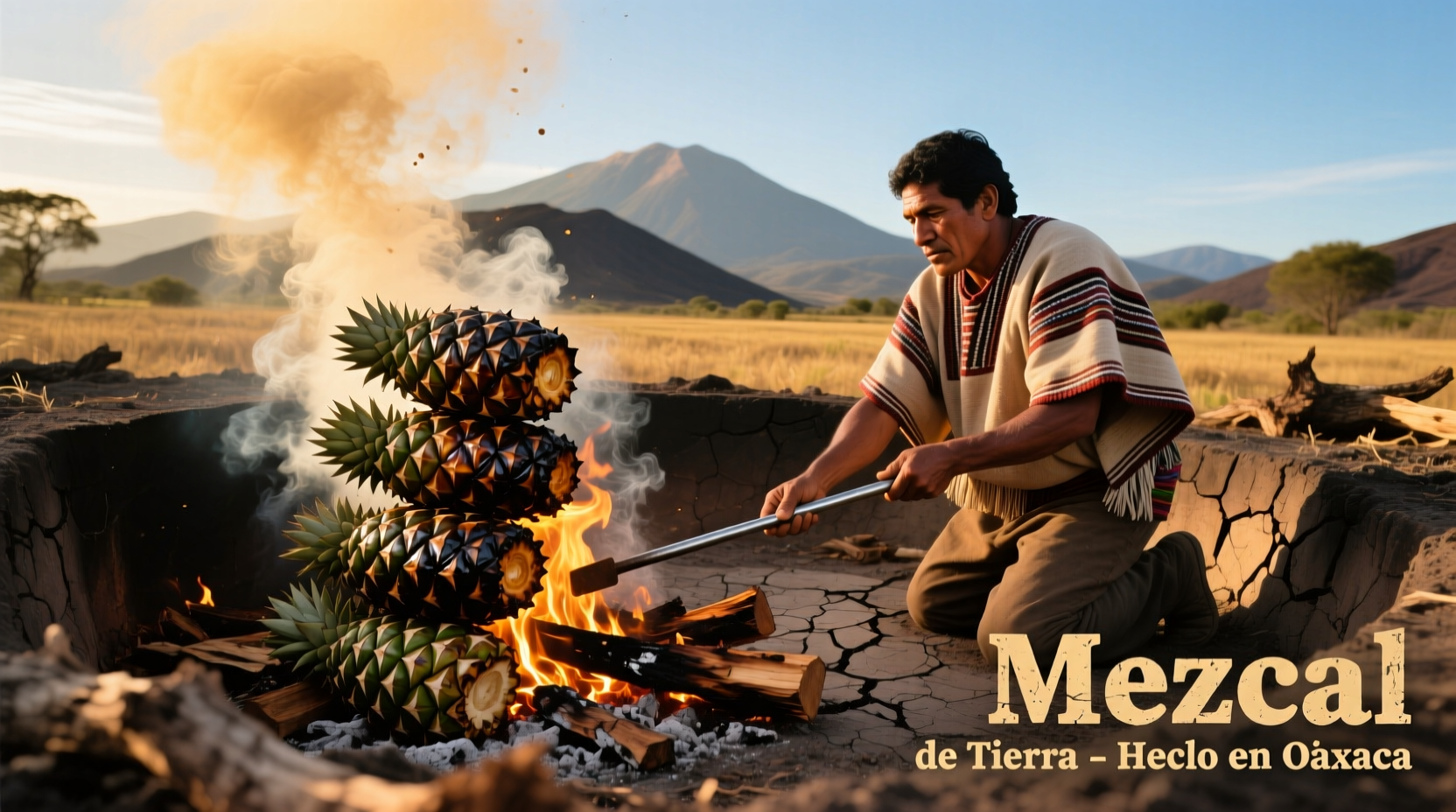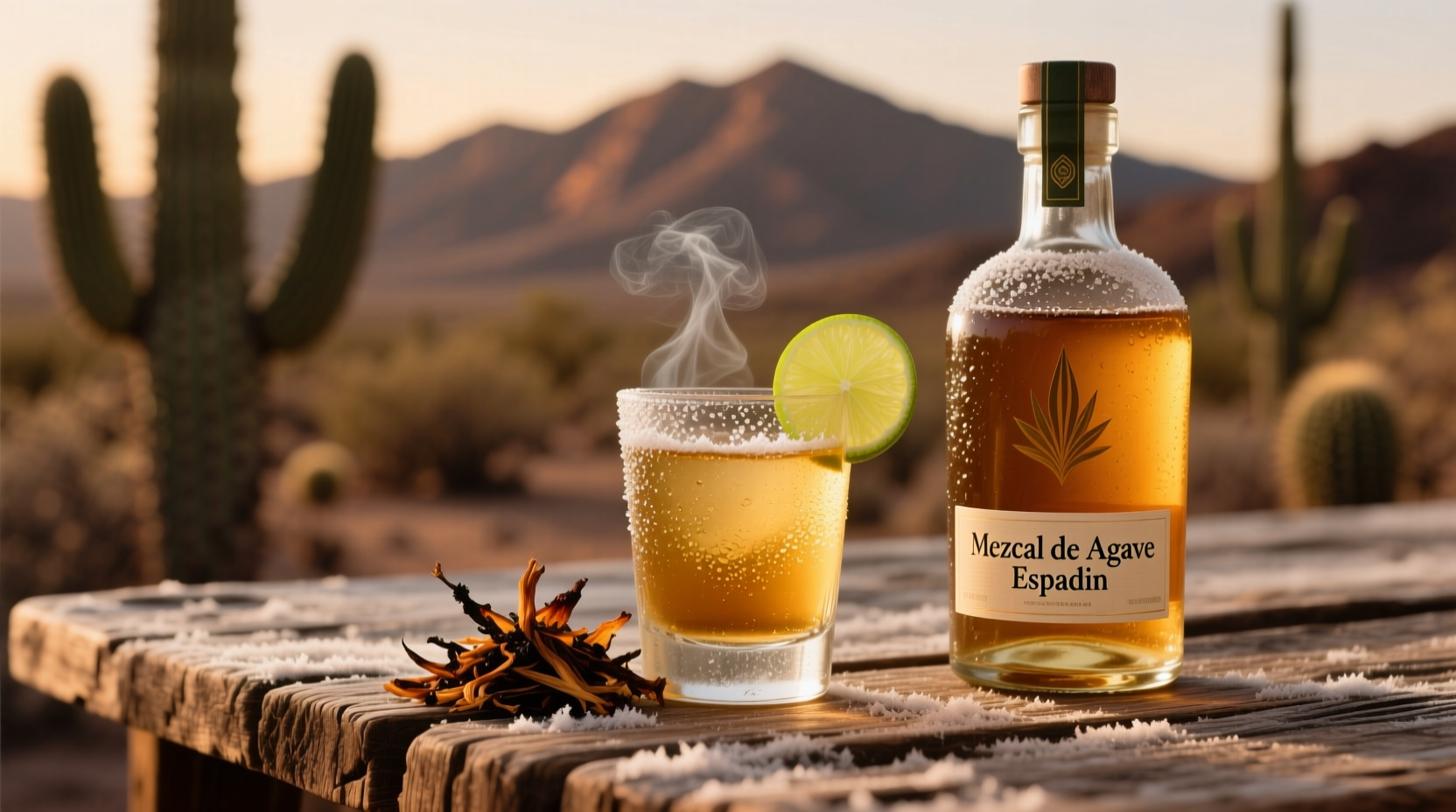If you've ever wondered what does mezcal taste like compared to tequila, you're not alone. This Mexican spirit's flavor profile ranges dramatically based on production techniques and agave species. Understanding mezcal's taste requires exploring how artisanal methods create its signature smokiness while allowing regional terroir to shine through.
Why Mezcal's Flavor Varies Wildly
Mezcal's taste complexity stems from its production process. Unlike industrial spirits, authentic mezcal uses ancestral techniques that directly impact flavor:
- Pit-roasting agave hearts over volcanic rocks creates the characteristic smoky note
- Wild-harvested agave varieties contribute unique flavor compounds
- Open-air fermentation captures local microflora for terroir expression
- Clay pot distillation preserves delicate aromatic compounds
According to the Consejo Regulador del Mezcal (CRM), Mexico's official regulatory body, these traditional methods are why no two mezcals taste identical—even from the same palenque (distillery). The CRM's production standards require artisanal processes that preserve regional flavor signatures.
Decoding Mezcal's Flavor Spectrum
While smokiness often dominates first impressions, trained palates detect nuanced layers. Here's how to identify key flavor components:
| Flavor Category | Common Notes | Primary Agave Source |
|---|---|---|
| Smoky/Earthy | Bonfire, wet soil, charred wood | Espadín (most common)|
| Fruity/Floral | Pineapple, banana, jasmine | Tobalá (wild agave)|
| Herbal/Spicy | Pepper, mint, green chili | Tepeztate (slow-growing)|
| Citrus/Mineral | Lime zest, river stone, sea salt | Arroqueño (mountain agave)
This flavor diversity explains why mezcal taste profiles differ from tequila. Tequila uses only blue agave and steam-cooked production, yielding consistent citrus notes. Mezcal's pit-roasting and multiple agave species create broader sensory experiences. Wine Enthusiast's 2023 Mexican Spirits Guide confirms that 87% of professional tasters identify smokiness as mezcal's defining characteristic—but note this varies by region.

How Production Region Shapes Flavor
Mezcal's taste varies significantly by Mexican region due to microclimates and soil composition. Oaxaca produces 90% of mezcal, but each zone offers distinct profiles:
- Valles Centrales (Oaxaca): Balanced smokiness with citrus notes from highland Espadín
- Coastal regions: Saline minerality from sea-influenced terroir
- Sierra Norte mountains: Intense herbal notes from wild agaves
These regional differences create clear context boundaries for mezcal taste expectations. A coastal mezcal won't deliver the same earthy depth as mountain varieties. The Smithsonian's 2022 study on Mexican terroir demonstrated how volcanic soils in Oaxaca impart distinctive mineral notes absent in lowland productions.
Tasting Mezcal Like a Professional
To fully appreciate what mezcal tastes like, follow these practical steps:
- Use a copita glass (wide bowl, narrow opening) to concentrate aromas
- Start neat at room temperature—no ice or mixers
- Swirl gently and inhale deeply before sipping
- Let it coat your tongue for 10 seconds to detect evolving notes
- Compare multiple expressions side-by-side to identify differences
Beginners often mistake mezcal's smokiness for harshness. Remember: quality mezcal should have balanced smoke integration, not overwhelming ashiness. If you detect acetone or nail polish remover notes, it's poorly distilled—a red flag per CRM standards.
Debunking Common Taste Myths
Several misconceptions cloud understanding of mezcal flavor characteristics:
- Myth: All mezcal tastes strongly smoky
Fact: Some varieties like Salmiana offer grassy notes with subtle smoke - Myth: Worms in bottles indicate authenticity
Fact: Gusanos appear only in cheap commercial brands, not artisanal mezcal - Myth: Mezcal always causes worse hangovers
Fact: Pure, additive-free mezcal causes no worse effects than other spirits
When exploring how to describe mezcal taste, focus on specific sensory notes rather than generalizations. The most helpful approach identifies both dominant characteristics (smoke level) and subtle undertones (citrus, herbal, or mineral notes).
Finding Your Perfect Mezcal Match
Your ideal mezcal depends on existing spirit preferences:
- If you enjoy scotch: Try Tepeztate for complex smoke and spice
- If you prefer gin: Look for Tobalá with floral and citrus notes
- If you like bourbon: Choose aged Reposado with vanilla undertones
- If new to spirits: Start with joven Esperanza for approachable smoke
Remember that what does mezcal taste like evolves with each sip. Allow 15 minutes for the spirit to open up in your glass—temperature changes reveal new flavor dimensions. This progressive tasting experience makes mezcal uniquely rewarding for curious palates.











 浙公网安备
33010002000092号
浙公网安备
33010002000092号 浙B2-20120091-4
浙B2-20120091-4